Dutch landscapes (working title)
Flevoland is the youngest province of the Netherlands. It exists because the Dutch decided to drain the Zuiderzee in the 1960’s and build land in its place. Almere, Flevoland's biggest city, was but heaps of sand just 50 years ago and now claims 207.094 inhabitants. Every part of the city was completely designed on a drafting table.
Growing up in Almere, I felt like it was a place unlike any other, like it was completely in between everything. First of all, it's on an island, surrounded by water. In fact, it’s on the world’s biggest artificial island that in a way, shouldn’t even exist. It consist mostly of vinex houses and is super generic, but at the same time, it's one of a kind. Some argue it has its own identity, others say the lack of an identity is its identity. It provides a comfortable living area for a lot of people, but doesn’t offer a thing to do. I constantly questioned what Almere is and should be.
I was never able to identify with anything in Almere and the feeling of being in between became a part of me. It makes me wonder: what does it mean for a place to be seemingly identity-less? And what influence does the city have on the people living there? What is this being in between exactly?
Dutch landscapes
Flevoland is the youngest Dutch province. It exists because of the reclamation of the Zuiderzee in the 1960’s. The entire region is completely surrounded by lakes, making it the worlds biggest artificial island. Almere, Flevoland's biggest city, was but heaps of sand just 50 years ago. It was completely designed on a drawing table. Growing up in Almere, I felt like everything there has been gentrified. I wasn't able to find anything outspoken, anything with an own identity, and had trouble feeling at home there. It makes me wonder: does the generification of everything imply that nothing means anything? Or doesn't it? What influence does a place like Almere have on its inhabitants? And how do its inhabitants influence the city?
Dutch landscapes
Flevoland is the youngest Dutch province. It exists because of the reclamation of the Zuiderzee in the 1960’s. The entire region is completely surrounded by lakes, making it the worlds biggest artificial island. Almere, Flevoland's biggest city, was but heaps of sand just 50 years ago. It was completely designed on a drawing table. Growing up in Almere, I felt like everything there has been gentrified. I wasn't able to find anything outspoken, anything with an own identity, and had trouble feeling at home there. It makes me wonder: does the generification of everything imply that nothing means anything? Or doesn't it? What influence does a place like Almere have on its inhabitants? And how do its inhabitants influence the city?
Dutch landscapes
Flevoland is the youngest Dutch province. It exists because of the reclamation of the Zuiderzee in the 1960’s. The entire region is completely surrounded by lakes, making it the worlds biggest artificial island. Almere, Flevoland's biggest city, was but heaps of sand just 50 years ago. It was completely designed on a drawing table. Growing up in Almere, I felt like everything there has been gentrified. I wasn't able to find anything outspoken, anything with an own identity, and had trouble feeling at home there. It makes me wonder: does the generification of everything imply that nothing means anything? Or doesn't it? What influence does a place like Almere have on its inhabitants? And how do its inhabitants influence the city?
Dutch landscapes
Flevoland is the youngest Dutch province. It exists because of the reclamation of the Zuiderzee in the 1960’s. The entire region is completely surrounded by lakes, making it the worlds biggest artificial island. Almere, Flevoland's biggest city, was but heaps of sand just 50 years ago. It was completely designed on a drawing table. Growing up in Almere, I felt like everything there has been gentrified. I wasn't able to find anything outspoken, anything with an own identity, and had trouble feeling at home there. It makes me wonder: does the generification of everything imply that nothing means anything? Or doesn't it? What influence does a place like Almere have on its inhabitants? And how do its inhabitants influence the city?
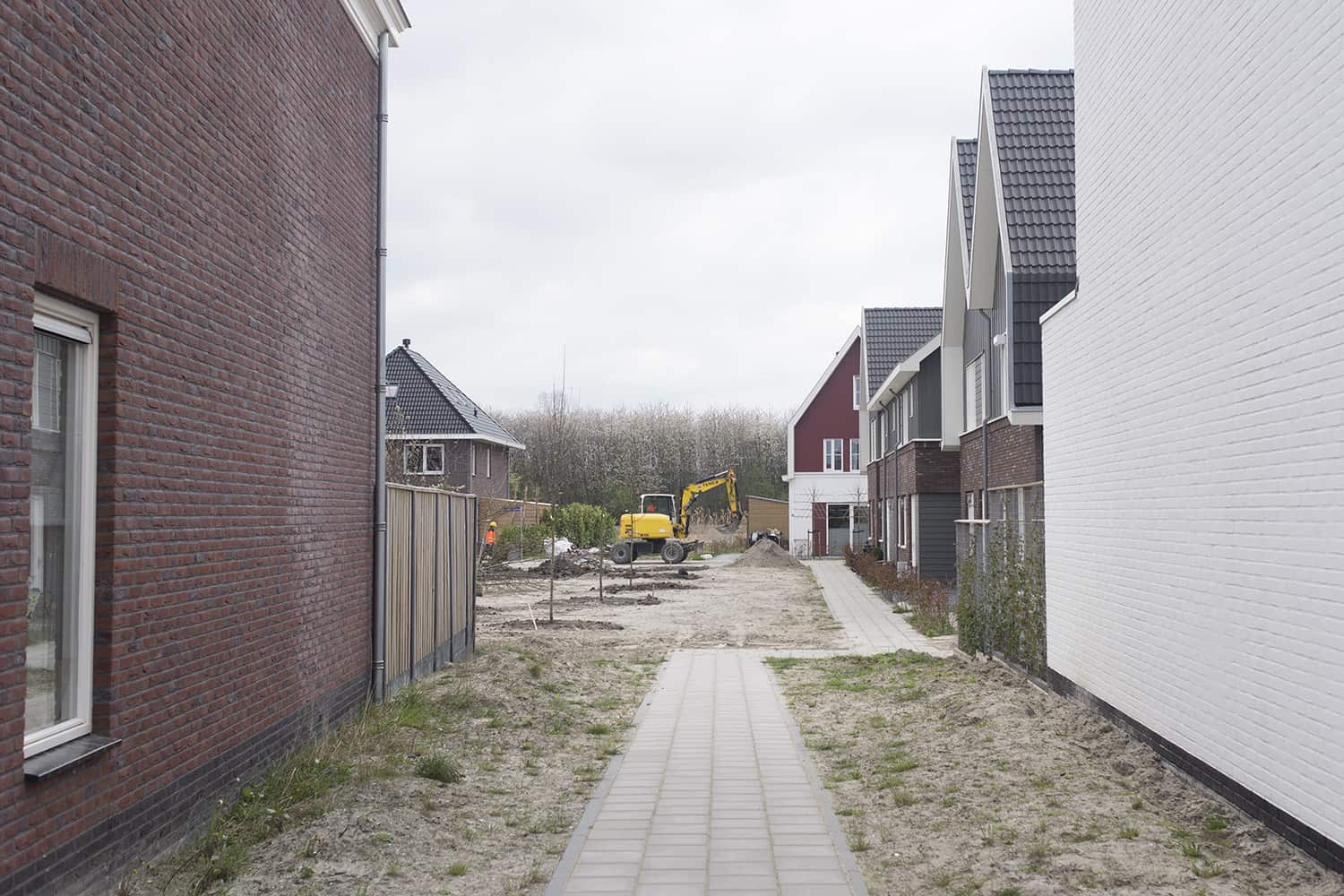
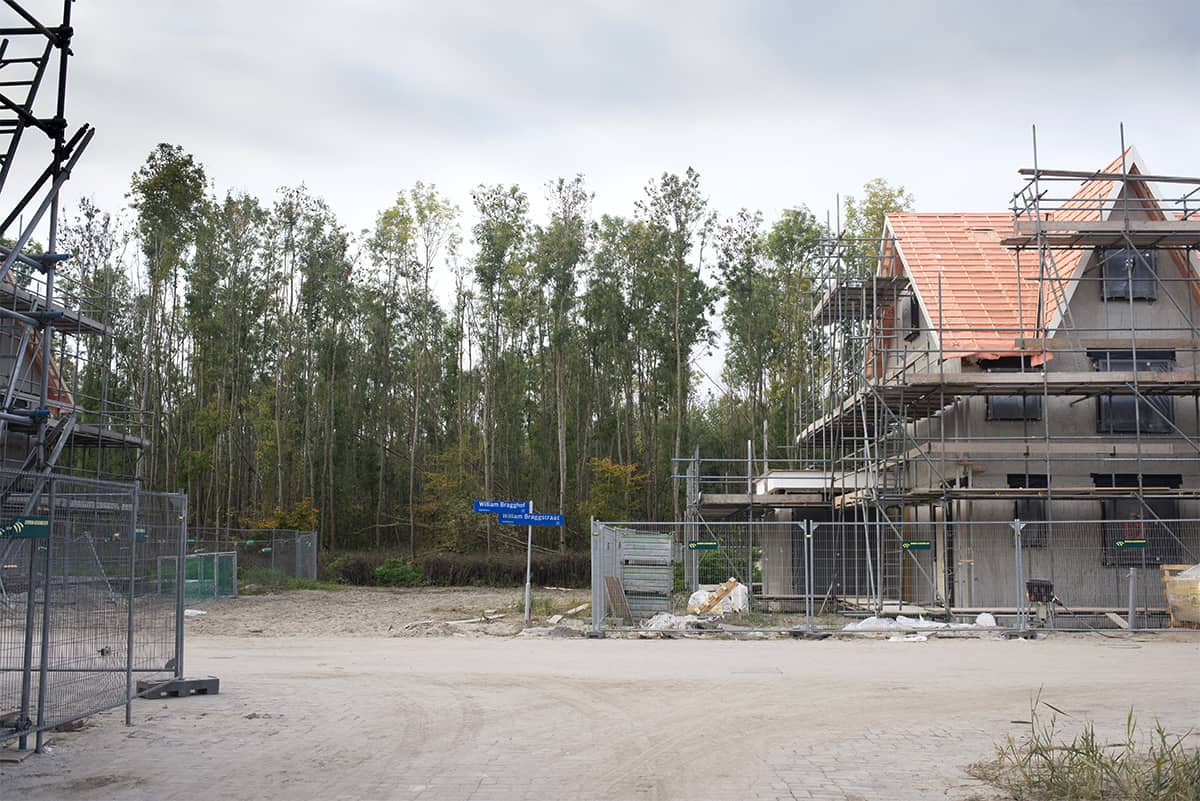
October 30, 2018. When I left Almere in 2009, there was nothing but grass and sand where they’re now building the neighboorhood Nobelhorst. And when I was born in Almere, most of the city looked exactly like this.
October 30, 2018. When I left Almere in 2009, there was nothing but grass and sand where they’re now building the neighboorhood Nobelhorst. And when I was born in Almere, most of the city looked exactly like this.
October 30, 2018. When I left Almere in 2009, there was nothing but grass and sand where they’re now building the neighboorhood Nobelhorst. And when I was born in Almere, most of the city looked exactly like this.
October 30, 2018. When I left Almere in 2009, there was nothing but grass and sand where they’re now building the neighboorhood Nobelhorst. And when I was born in Almere, most of the city looked exactly like this.
October 30, 2018. When I left Almere in 2009, there was nothing but grass and sand where they’re now building the neighboorhood Nobelhorst. And when I was born in Almere, most of the city looked exactly like this.
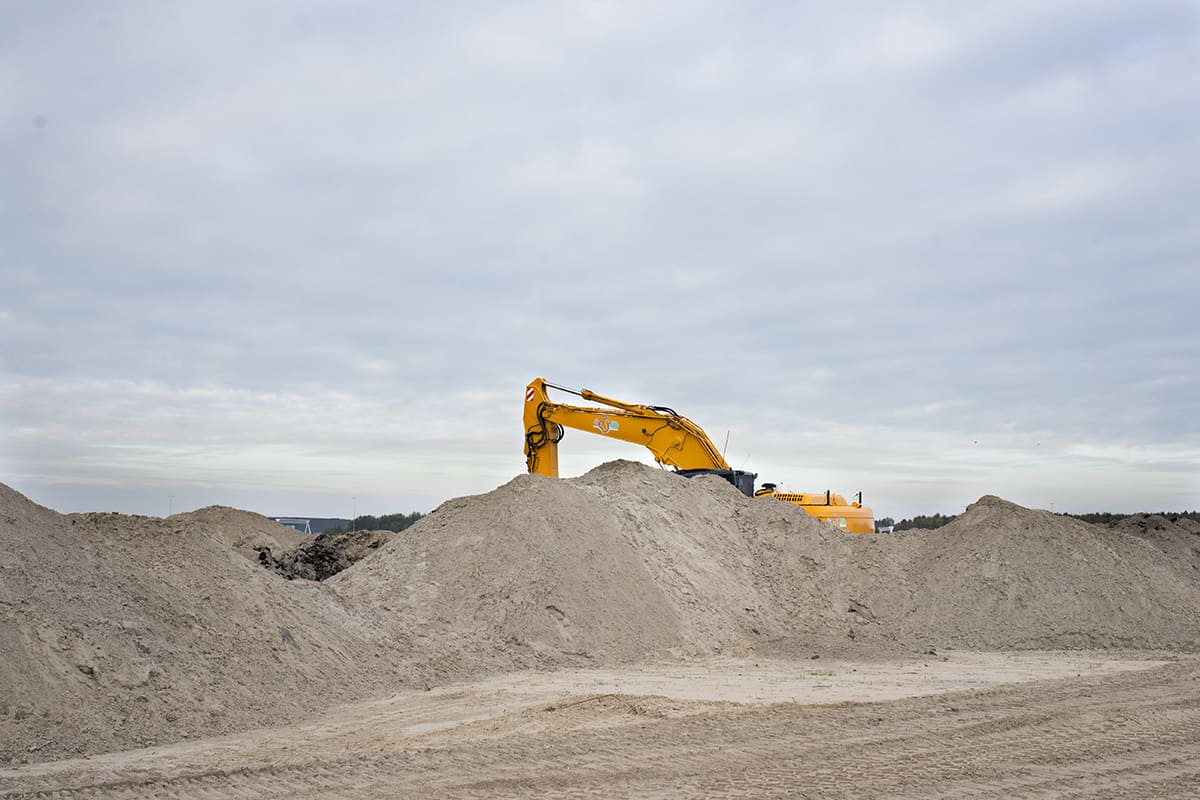
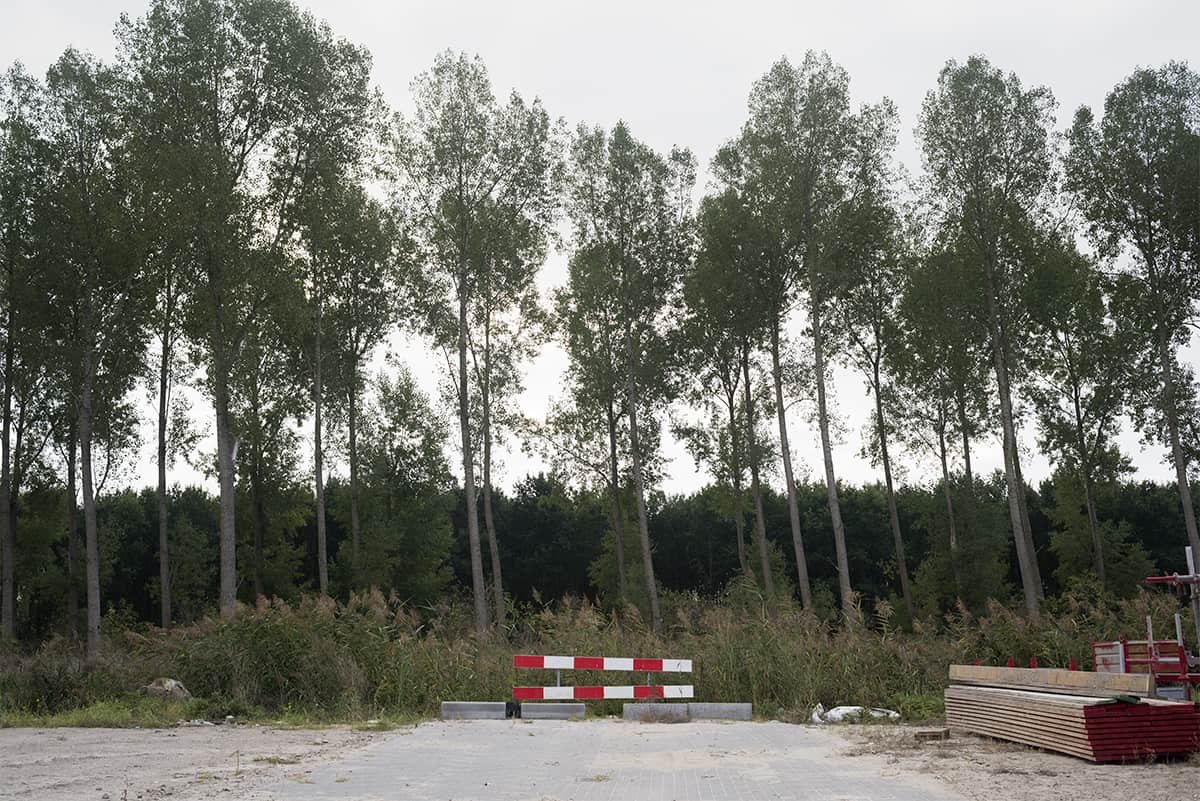
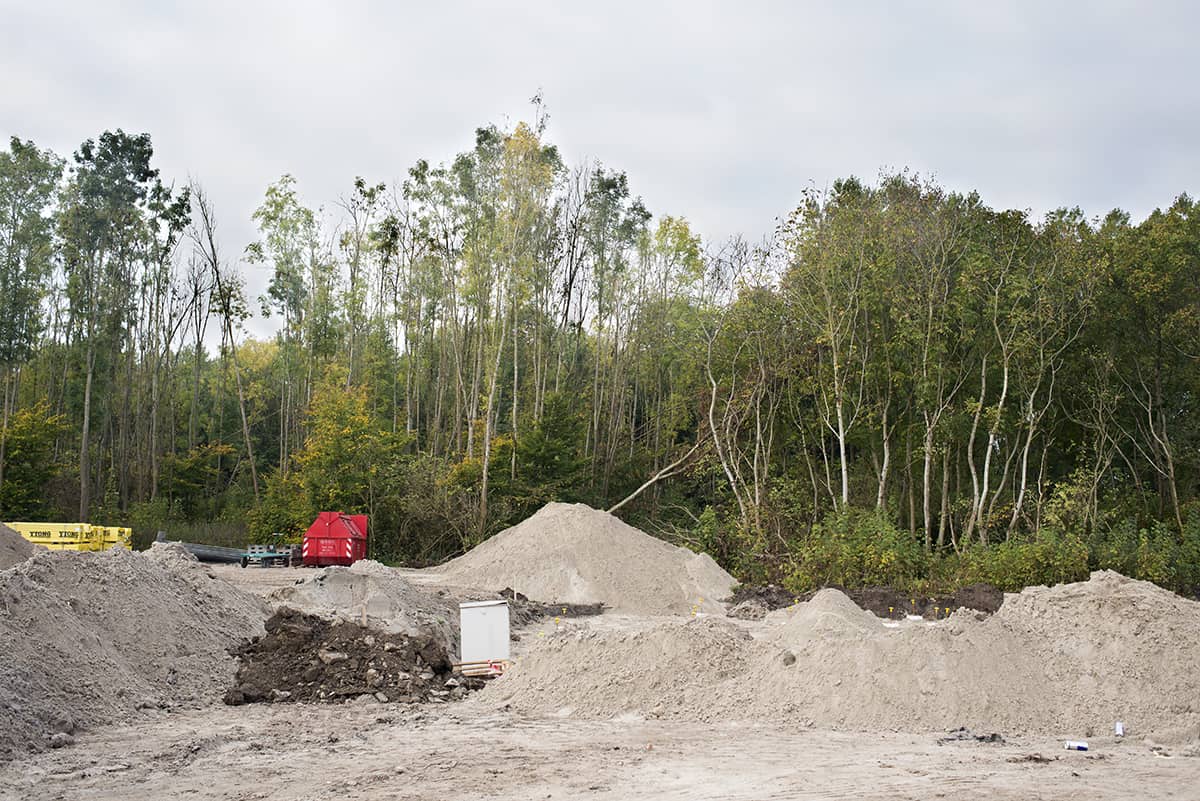
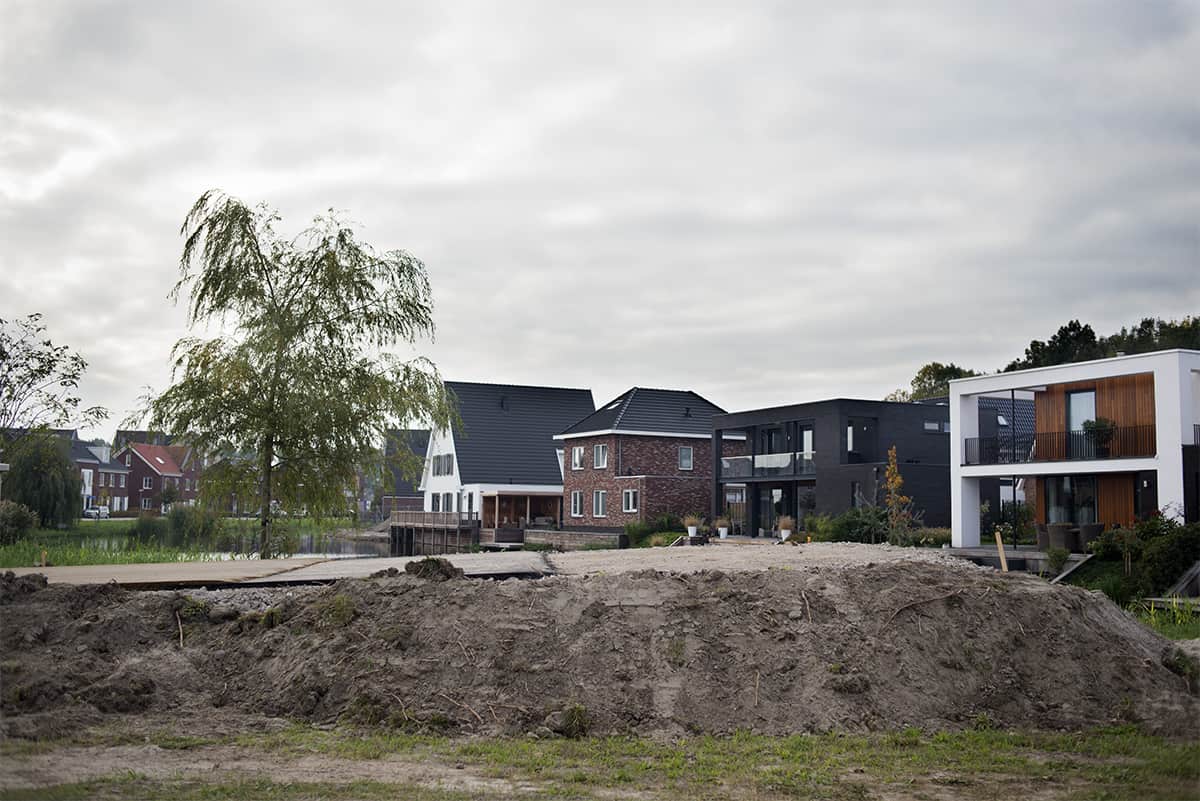
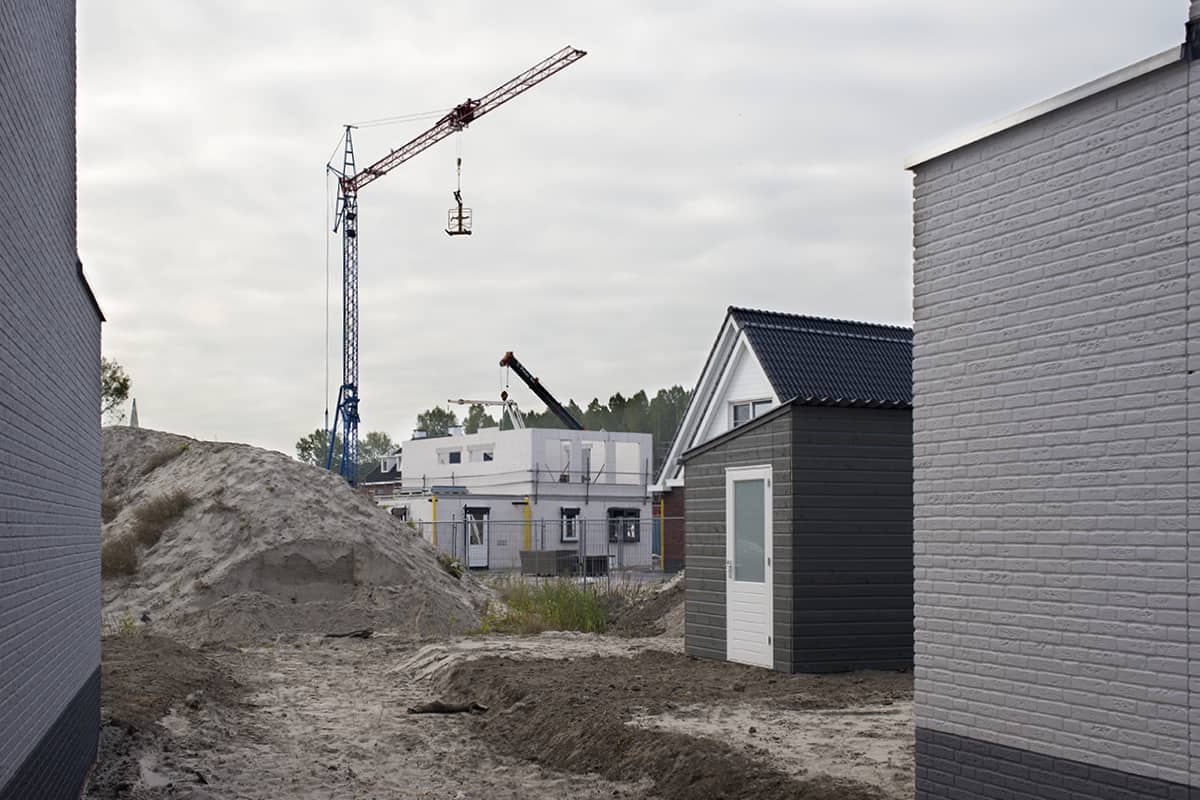
October 30, 2018. Almere is a city that ends abruptly, its borders are like the sharp adges of a perfectly designed square. One small step and you’re in the polder instead of the subburbs.
October 30, 2018. Almere is a city that ends abruptly, its borders are like the sharp adges of a perfectly designed square. One small step and you’re in the polder instead of the subburbs.
October 30, 2018. Almere is a city that ends abruptly, its borders are like the sharp adges of a perfectly designed square. One small step and you’re in the polder instead of the subburbs.
October 30, 2018. Almere is a city that ends abruptly, its borders are like the sharp adges of a perfectly designed square. One small step and you’re in the polder instead of the subburbs.
October 30, 2018. Almere is a city that ends abruptly, its borders are like the sharp adges of a perfectly designed square. One small step and you’re in the polder instead of the subburbs.
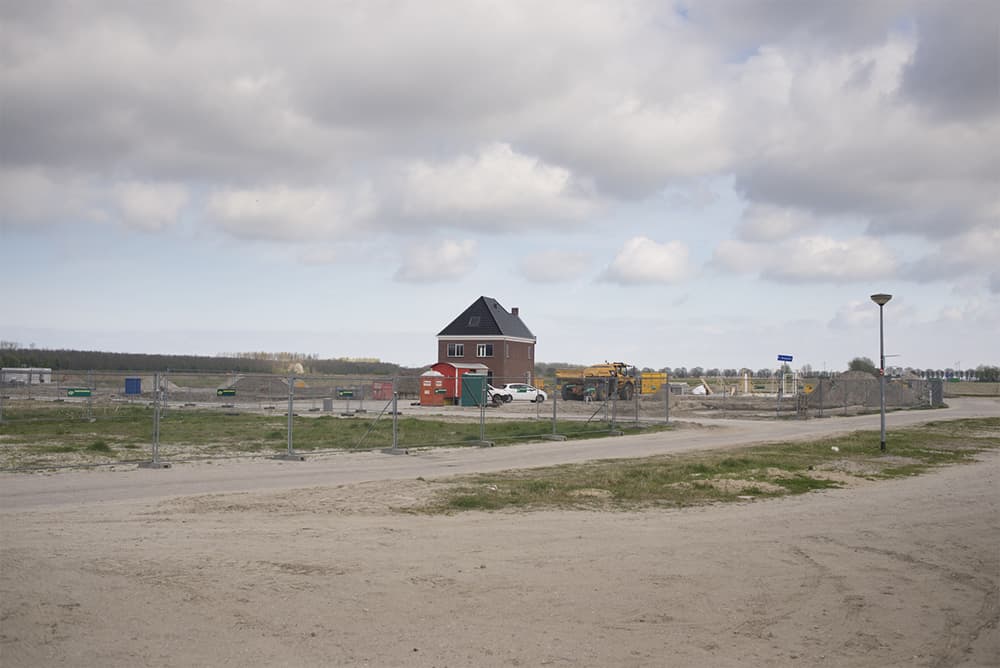
October 30, 2018. The city of Almere exists as of 1976. It is divided into 7 different boroughs. Construction of Almere Nobelhorst started in 2013. This residential area is located between enormous heaps of sand and many relatively young trees south-east of Almere Stad. Out of the 198.145 inhabitants of all of Almere, less than 1.344 live in Nobelhorst. It has 1 open vacancy, 1 elementary school, 2 busstops, 14 streets according to Google Maps and currently 41 houses for sale. Inhabitants are asked to think along about the design of future living area’s.
October 30, 2018. The city of Almere exists as of 1976. It is divided into 7 different boroughs. Construction of Almere Nobelhorst started in 2013. This residential area is located between enormous heaps of sand and many relatively young trees south-east of Almere Stad. Out of the 198.145 inhabitants of all of Almere, less than 1.344 live in Nobelhorst. It has 1 open vacancy, 1 elementary school, 2 busstops, 14 streets according to Google Maps and currently 41 houses for sale. Inhabitants are asked to think along about the design of future living area’s.
October 30, 2018. The city of Almere exists as of 1976. It is divided into 7 different boroughs. Construction of Almere Nobelhorst started in 2013. This residential area is located between enormous heaps of sand and many relatively young trees south-east of Almere Stad. Out of the 198.145 inhabitants of all of Almere, less than 1.344 live in Nobelhorst. It has 1 open vacancy, 1 elementary school, 2 busstops, 14 streets according to Google Maps and currently 41 houses for sale. Inhabitants are asked to think along about the design of future living area’s.
October 30, 2018. The city of Almere exists as of 1976. It is divided into 7 different boroughs. Construction of Almere Nobelhorst started in 2013. This residential area is located between enormous heaps of sand and many relatively young trees south-east of Almere Stad. Out of the 198.145 inhabitants of all of Almere, less than 1.344 live in Nobelhorst. It has 1 open vacancy, 1 elementary school, 2 busstops, 14 streets according to Google Maps and currently 41 houses for sale. Inhabitants are asked to think along about the design of future living area’s.
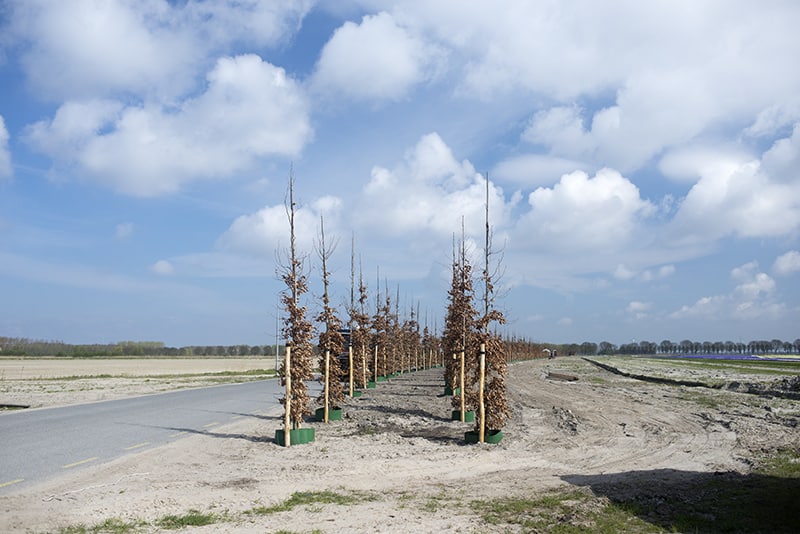
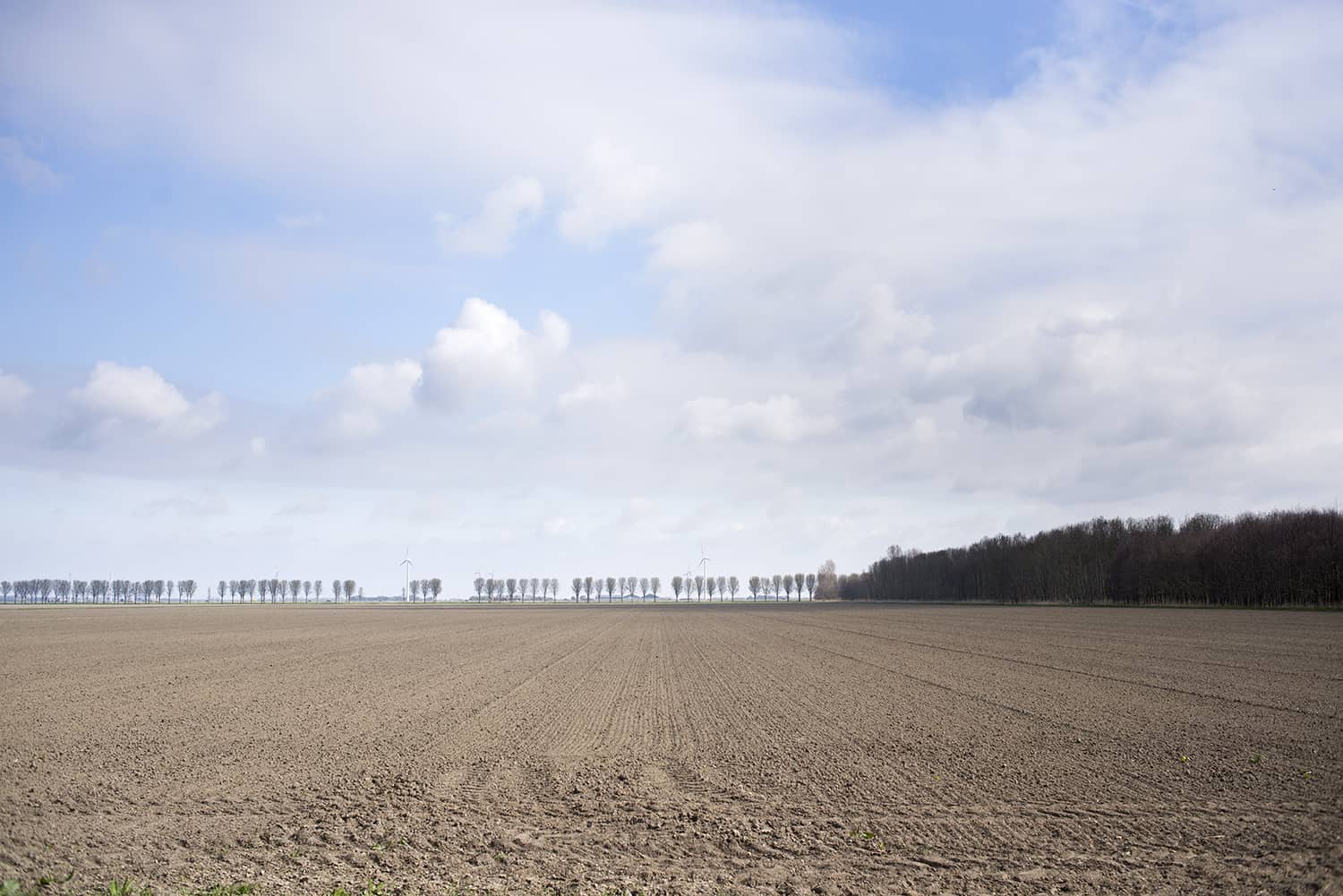
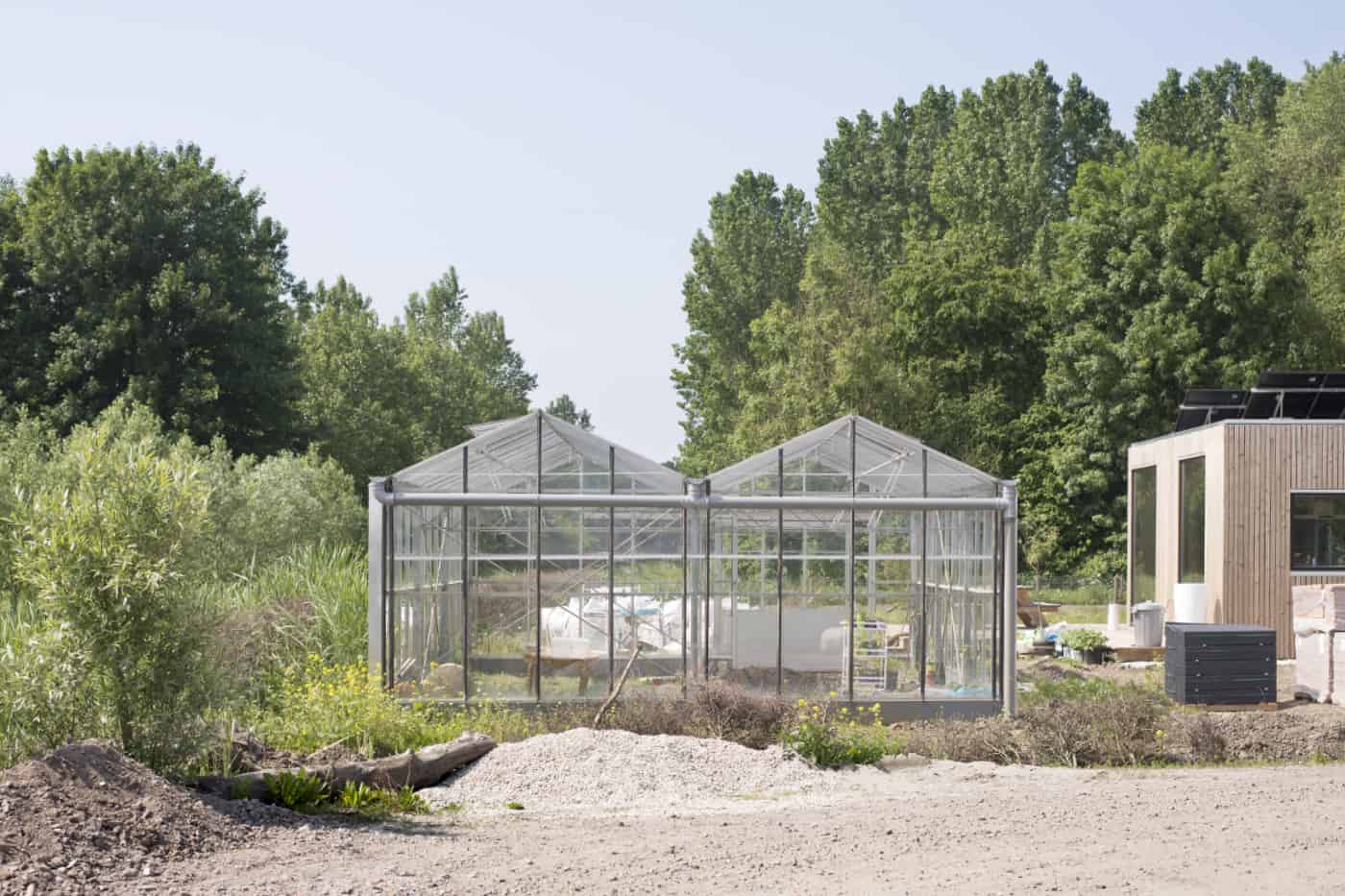
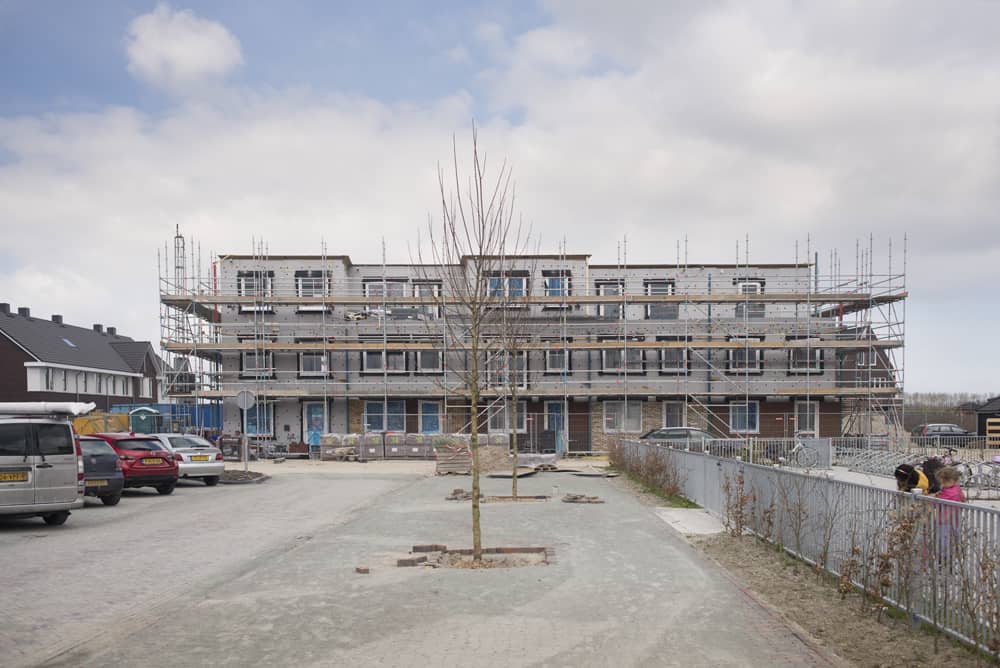
May 30, 2017. The province of Flevoland was drained between 1950-1957 and 1959-1968. It is completely surrounded by water, making it the world's biggest artificial island. Underneath Almere, located 2-5 meters under sea level, lie some 27 investigated shipwrecks. A few of them were discovered next to the Oostvaardersdijk, IJmeerdijk and in the Noorderplassen. They date from the 15th, 16th and 17th century. Most of these wrecks were found while people were plowing or digging ditches.
May 30, 2017. The province of Flevoland was drained between 1950-1957 and 1959-1968. It is completely surrounded by water, making it the world's biggest artificial island. Underneath Almere, located 2-5 meters under sea level, lie some 27 investigated shipwrecks. A few of them were discovered next to the Oostvaardersdijk, IJmeerdijk and in the Noorderplassen. They date from the 15th, 16th and 17th century. Most of these wrecks were found while people were plowing or digging ditches.
May 30, 2017. The province of Flevoland was drained between 1950-1957 and 1959-1968. It is completely surrounded by water, making it the world's biggest artificial island. Underneath Almere, located 2-5 meters under sea level, lie some 27 investigated shipwrecks. A few of them were discovered next to the Oostvaardersdijk, IJmeerdijk and in the Noorderplassen. They date from the 15th, 16th and 17th century. Most of these wrecks were found while people were plowing or digging ditches.
May 30, 2017. The province of Flevoland was drained between 1950-1957 and 1959-1968. It is completely surrounded by water, making it the world's biggest artificial island. Underneath Almere, located 2-5 meters under sea level, lie some 27 investigated shipwrecks. A few of them were discovered next to the Oostvaardersdijk, IJmeerdijk and in the Noorderplassen. They date from the 15th, 16th and 17th century. Most of these wrecks were found while people were plowing or digging ditches.
May 30, 2017. The province of Flevoland was drained between 1950-1957 and 1959-1968. It is completely surrounded by water, making it the world's biggest artificial island. Underneath Almere, located 2-5 meters under sea level, lie some 27 investigated shipwrecks. A few of them were discovered next to the Oostvaardersdijk, IJmeerdijk and in the Noorderplassen. They date from the 15th, 16th and 17th century. Most of these wrecks were found while people were plowing or digging ditches.
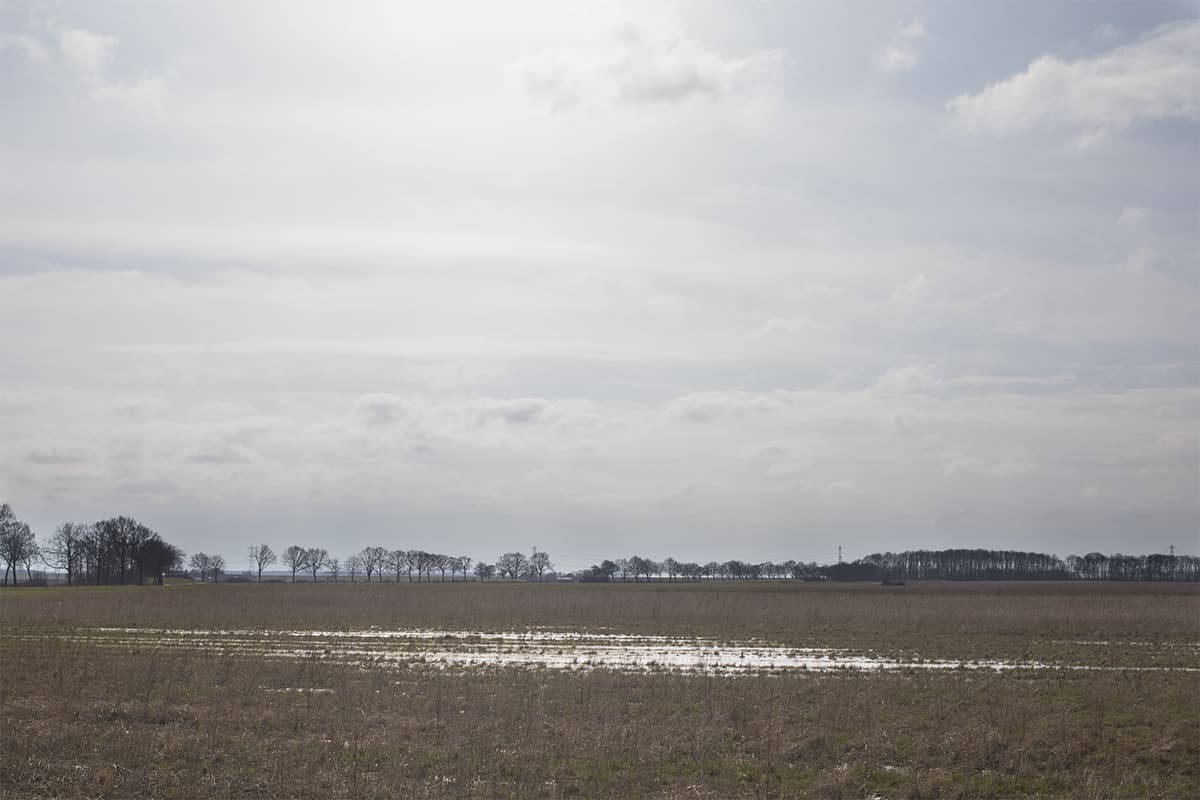
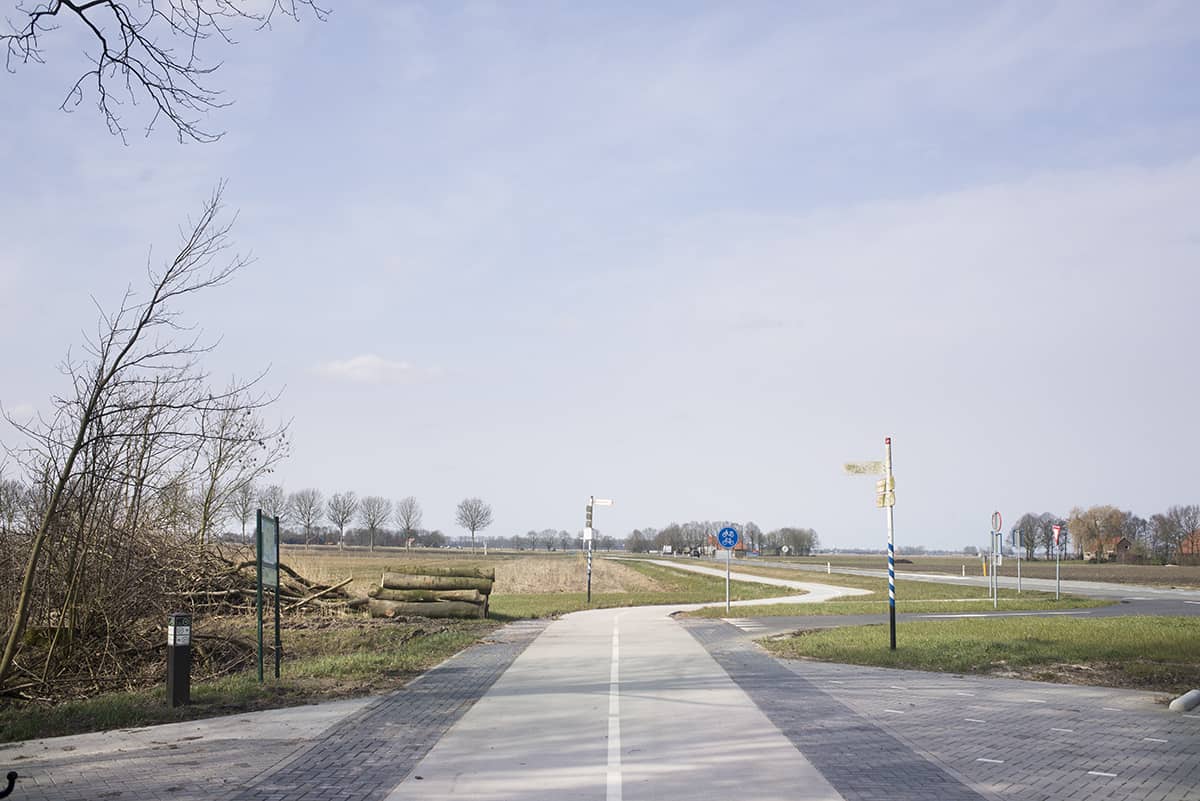
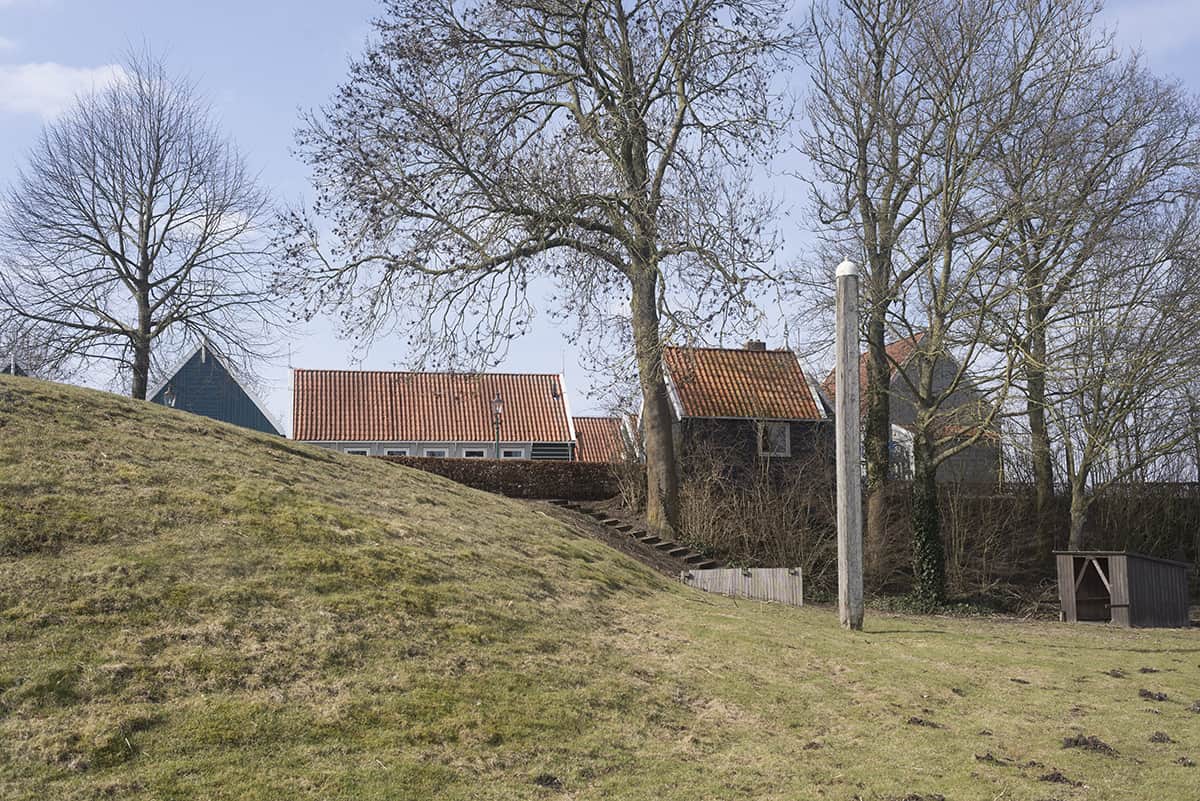
May 23, 2018. After draining the Zuiderzee (the Netherlands) in the 1940s, Schokland sank a meter and a half (and still counting). This sinking is irreversible. In an attempt to stop it and to protect the archaeological mineral resources, trees and bushes were planted along the former coastline of the island and grasslands were created. Before all this, 12.000 years ago, hunters and collectors lived on the then isolated island. We can only imagine what it must have been like there back then.
May 23, 2018. After draining the Zuiderzee (the Netherlands) in the 1940s, Schokland sank a meter and a half (and still counting). This sinking is irreversible. In an attempt to stop it and to protect the archaeological mineral resources, trees and bushes were planted along the former coastline of the island and grasslands were created. Before all this, 12.000 years ago, hunters and collectors lived on the then isolated island. We can only imagine what it must have been like there back then.
May 23, 2018. After draining the Zuiderzee (the Netherlands) in the 1940s, Schokland sank a meter and a half (and still counting). This sinking is irreversible. In an attempt to stop it and to protect the archaeological mineral resources, trees and bushes were planted along the former coastline of the island and grasslands were created. Before all this, 12.000 years ago, hunters and collectors lived on the then isolated island. We can only imagine what it must have been like there back then.
May 23, 2018. After draining the Zuiderzee (the Netherlands) in the 1940s, Schokland sank a meter and a half (and still counting). This sinking is irreversible. In an attempt to stop it and to protect the archaeological mineral resources, trees and bushes were planted along the former coastline of the island and grasslands were created. Before all this, 12.000 years ago, hunters and collectors lived on the then isolated island. We can only imagine what it must have been like there back then.
May 23, 2018. After draining the Zuiderzee (the Netherlands) in the 1940s, Schokland sank a meter and a half (and still counting). This sinking is irreversible. In an attempt to stop it and to protect the archaeological mineral resources, trees and bushes were planted along the former coastline of the island and grasslands were created. Before all this, 12.000 years ago, hunters and collectors lived on the then isolated island. We can only imagine what it must have been like there back then.
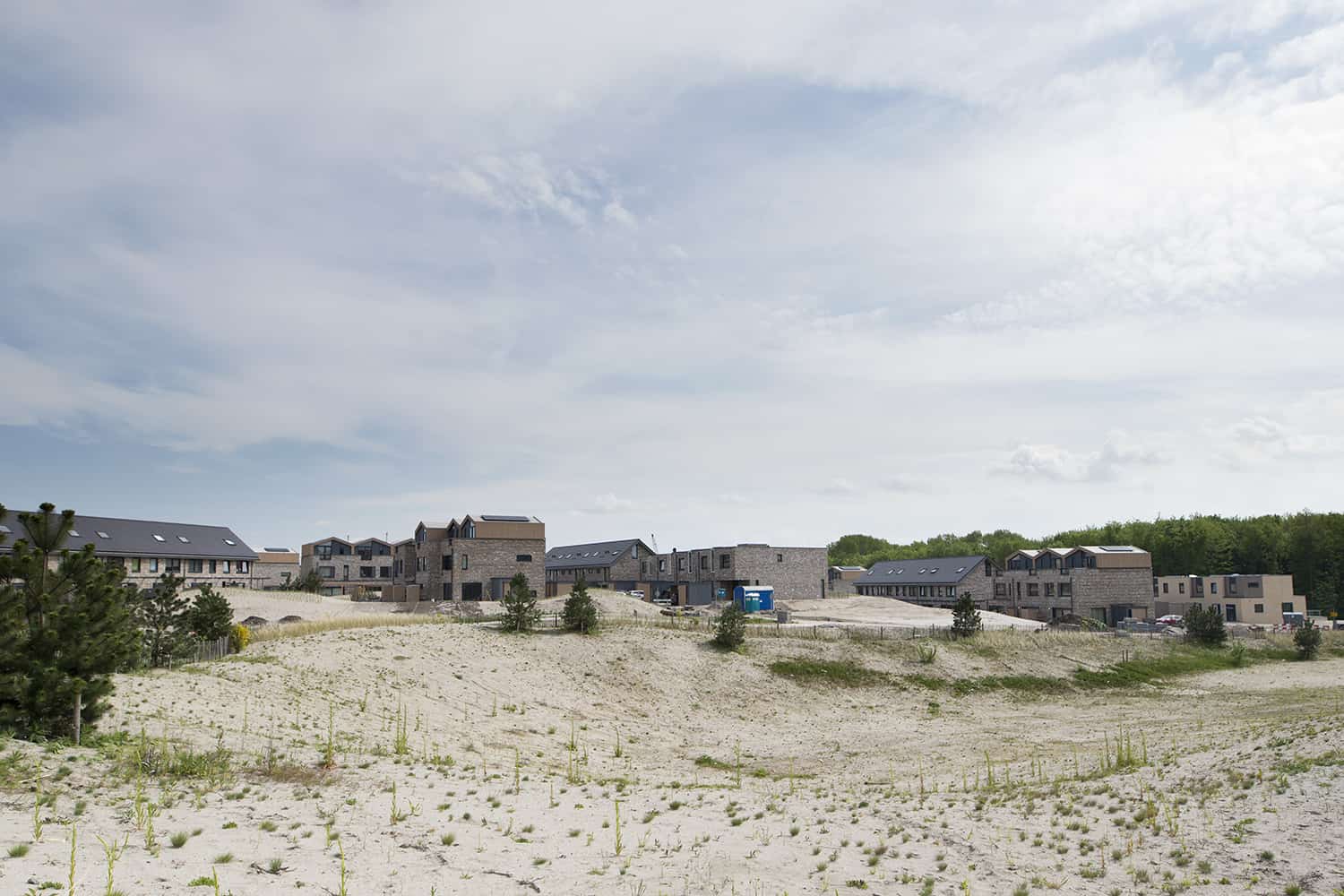
May 23, 2017. It was apparently inadequate to design a city like Almere with the same large-scale settlements and elements of other cities, like churches, a main street, a square. The struggle with the question how it should be designed, has lead to the predominant presence of the city's structure, its skeleton. The tabula rasa of the polder shines through it. Not as a base for a utopia, but almost as a ghost image wondering around. It isn't nature anymore, but it isn't anchored culture either. What does this structure tell us about a city? How do we interpret it? (Taken from 'Van stad naar stedelijkheid : planning en planconceptie van Lelystad en Almere 1959-1974')
May 23, 2017. It was apparently inadequate to design a city like Almere with the same large-scale settlements and elements of other cities, like churches, a main street, a square. The struggle with the question how it should be designed, has lead to the predominant presence of the city's structure, its skeleton. The tabula rasa of the polder shines through it. Not as a base for a utopia, but almost as a ghost image wondering around. It isn't nature anymore, but it isn't anchored culture either. What does this structure tell us about a city? How do we interpret it? (Taken from 'Van stad naar stedelijkheid : planning en planconceptie van Lelystad en Almere 1959-1974')
May 23, 2017. It was apparently inadequate to design a city like Almere with the same large-scale settlements and elements of other cities, like churches, a main street, a square. The struggle with the question how it should be designed, has lead to the predominant presence of the city's structure, its skeleton. The tabula rasa of the polder shines through it. Not as a base for a utopia, but almost as a ghost image wondering around. It isn't nature anymore, but it isn't anchored culture either. What does this structure tell us about a city? How do we interpret it? (Taken from 'Van stad naar stedelijkheid : planning en planconceptie van Lelystad en Almere 1959-1974')
May 23, 2017. It was apparently inadequate to design a city like Almere with the same large-scale settlements and elements of other cities, like churches, a main street, a square. The struggle with the question how it should be designed, has lead to the predominant presence of the city's structure, its skeleton. The tabula rasa of the polder shines through it. Not as a base for a utopia, but almost as a ghost image wondering around. It isn't nature anymore, but it isn't anchored culture either. What does this structure tell us about a city? How do we interpret it? (Taken from 'Van stad naar stedelijkheid : planning en planconceptie van Lelystad en Almere 1959-1974')
May 23, 2017. It was apparently inadequate to design a city like Almere with the same large-scale settlements and elements of other cities, like churches, a main street, a square. The struggle with the question how it should be designed, has lead to the predominant presence of the city's structure, its skeleton. The tabula rasa of the polder shines through it. Not as a base for a utopia, but almost as a ghost image wondering around. It isn't nature anymore, but it isn't anchored culture either. What does this structure tell us about a city? How do we interpret it? (Taken from 'Van stad naar stedelijkheid : planning en planconceptie van Lelystad en Almere 1959-1974')
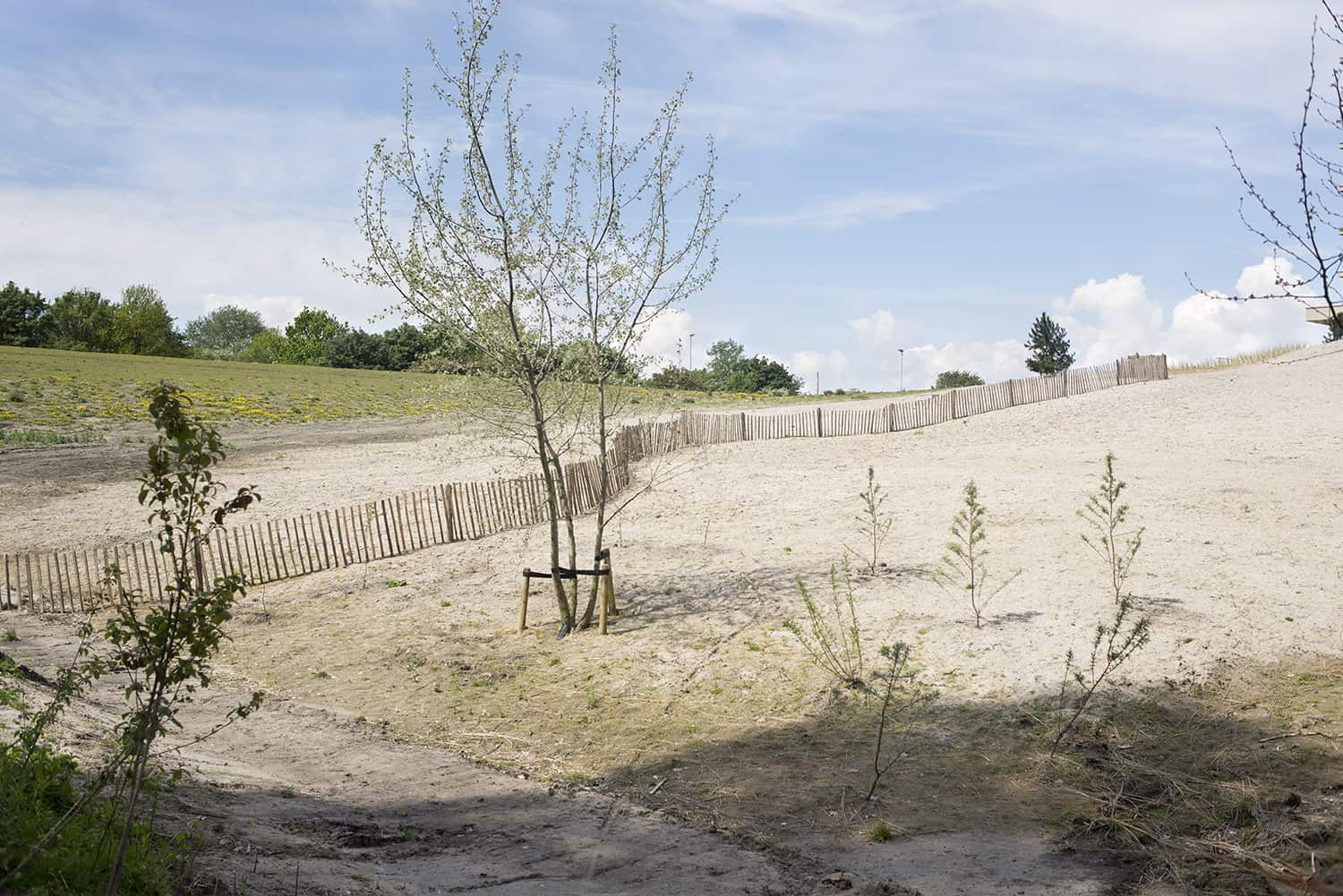
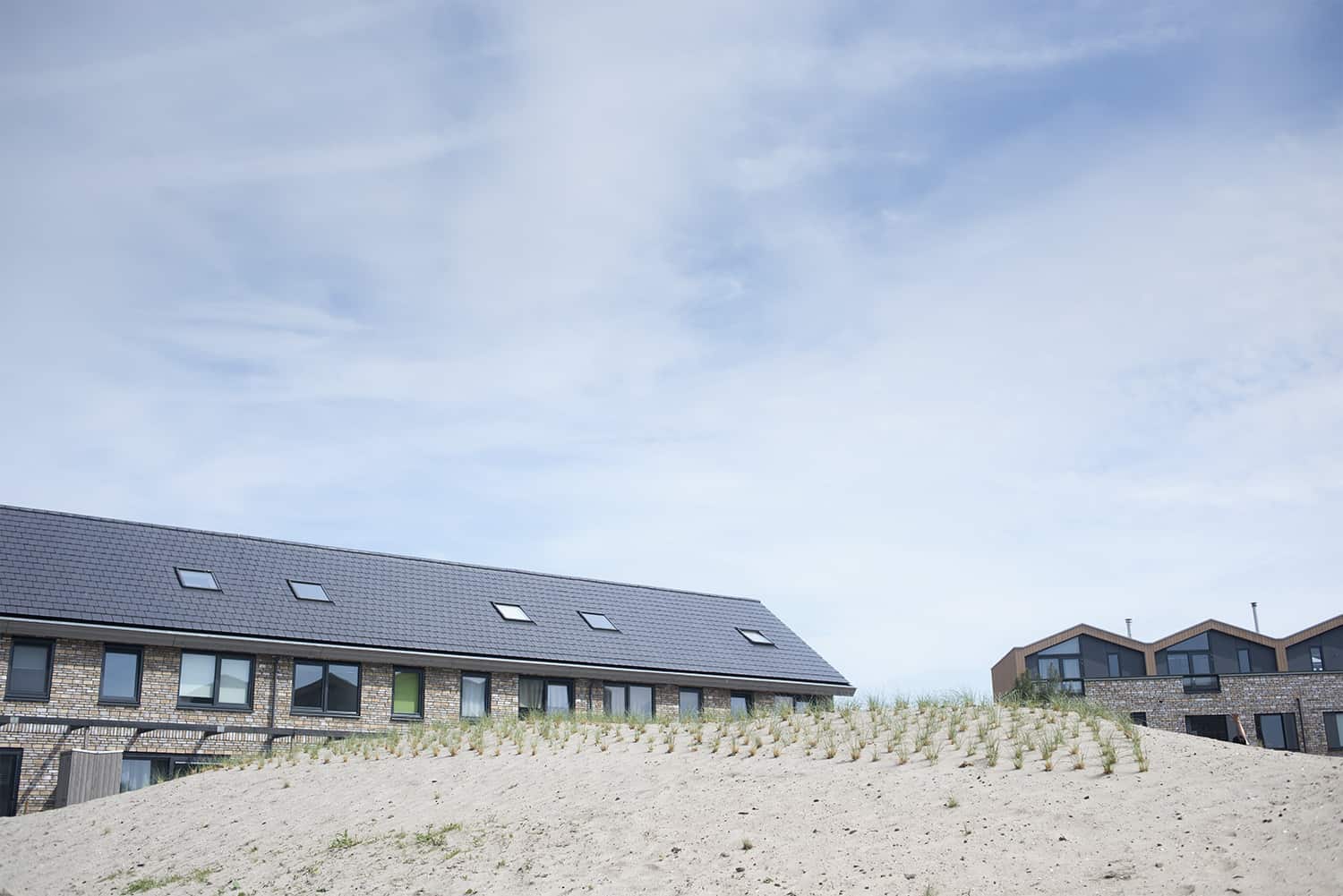
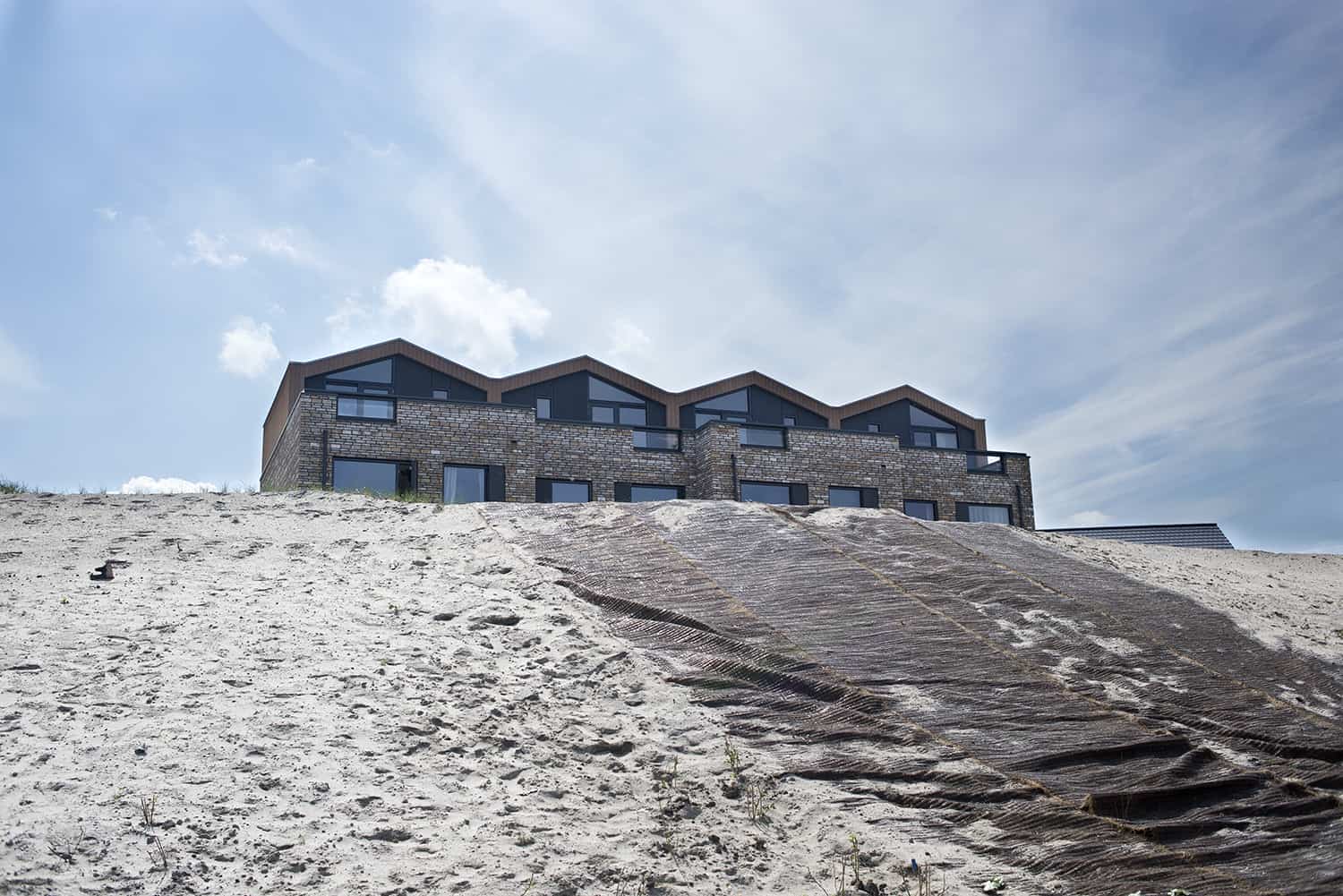
Contact me via: